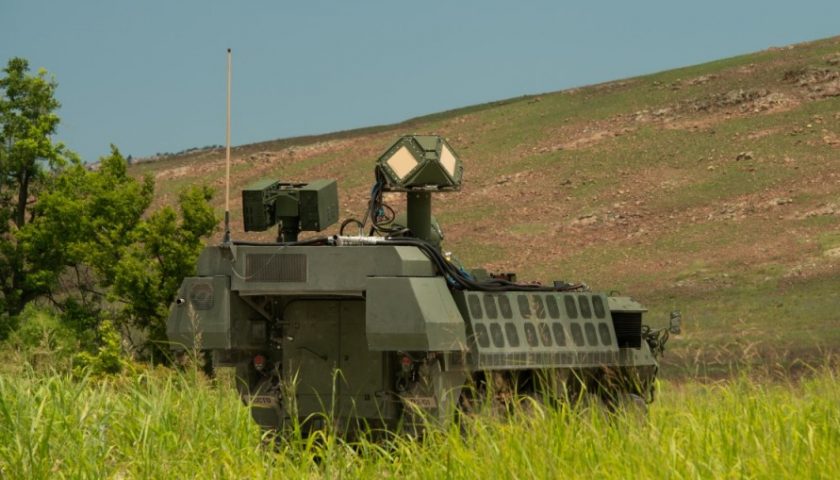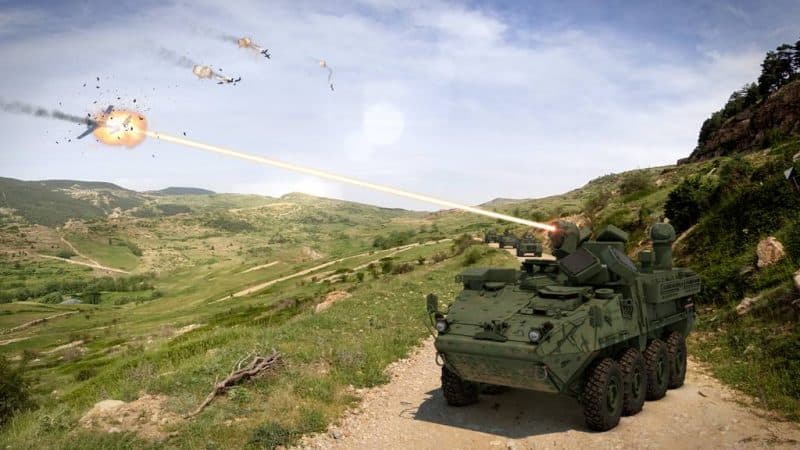If the last years of the cold war were the occasion of numerous and important technological advances in the field of armaments, with the arrival of cruise missiles, stealth planes and ships and advanced command and geolocation systems, this dynamic came to a complete halt with the collapse of the Soviet bloc. In the absence of a major and technologically advanced adversary, and because of the numerous asymmetrical campaigns in which the armed forces took part, very few significant advances were recorded from the technological point of view between 1990 and 2020, with the notable exception of the generalization of aerial drones of all types. But with the emergence, since the beginning of the 2010s, of a China determined to catch up and technologically surpass all the world players on the one hand, and the reconstruction of the military tool and Russian research , the technological tempo of defense has once again increased considerably in recent years, to the point of bringing out new technologies likely to radically change the conduct of military operations and the balance of power in the next 20 years.
In this article, we will present the 7 technologies under development, which are at different stages of technological maturation, but which all have the potential to profoundly transform the battlefield by 2040, to the point of creating new forms of war or confrontation hitherto unknown, or even to render obsolete certain technologies which today represent a strategic pivot of the organization of La Défense: directed energy weapons, quantum computers, hypersonic weapons, intelligence artificial intelligence, rail guns, robotics and the controversial neutrino detectors.
1- Directed energy weapons
2022 will be a key year in the emergence of directed energy weapon technologies, namely laser weapons and microwave guns. Indeed, it is this year that the US Army Guardian, also known as DE-SHORAD for Direct Energy – Short Range Air Defense, will enter service. The Guardian will indeed be the first high-power mobile anti-aircraft and anti-drone defense system to join combat units, with a power of 50 Kw sufficient to take on category 1 to 3 drones, it is less than 25 kg, but also to intercept and destroy artillery and mortar shells, as well as the lightest air-to-surface missiles. This same year, the destroyer USS Preble of the Arleigh Burke Flight IIA class will also be equipped with a self-defense laser system, the Helios system, with a power of 60 Kw. In Israel, Prime Minister Naftali Bennet confirmed on February 1 that the armies will have, "in less than a year", a laser weapon system designated "Laser Wall" employing a 100 Kw laser to reinforce and partially replace the Iron Dome system to defend the country from rocket and mortar attacks by Hamas.

This craze for directed energy weapons responds to an urgent need, in order to counter potential attacks from light drones, vagrant ammunition, rockets and artillery, with a technology that is economically more efficient than the missiles currently in service, and technologically more effective than conventional CIWS artillery systems. Indeed, the majority of these threats have a ridiculously low unit cost, allowing the adversary to implement saturation campaigns at a lower cost, while at the same time, the missiles used to counter them have a unit cost of 10 50 times greater. In addition, a 100 Kw laser can destroy a target up to 20 km away, where an artillery CIWS system can only be effective at less than 4 km, often less, requiring the deployment of 25 times more CIWS systems. to cover the same area. However, the development of directed energy weapons is still in its infancy today, and many technological obstacles remain to be overcome in order to use the full potential of these new systems.
The first of them is the very power of these armaments, because if a 50 or 100 Kw laser can effectively eliminate light drones or homemade rockets, it is necessary to provide a much higher power, beyond 300 Kw, to be effective against heavier cruise missiles, aircraft or drones. However, increasing the power of combat lasers is anything but a trivial subject, since it is not only necessary to have the technology to create a laser of this power, but it is also necessary to be in able to supply these systems with electrical energy. Moreover, whether it is the production of power or the laser itself, they all produce a very large quantity of heat which it is necessary to dissipate to sustain a sustained and repeated engagement, this posing significant challenges in terms of materials, but also infrared radiation, while multispectral stealth has become a priority for all fighting forces. Nevertheless, very significant efforts are being made, particularly in the United States, to respond to these difficulties, with the announced objective of having a full range of high-energy protection systems for both land and naval forces and airlines, before the end of the decade.
2- quantum computers

75% of this article remains to read,
Subscribe to access it!
The Classic subscriptions provide access to
articles in their full version, and without advertising,
from 6,90 €.
Newsletter subscription
Register for the Meta-Defense Newsletter to receive the
latest fashion articles daily or weekly


Comments are closed.